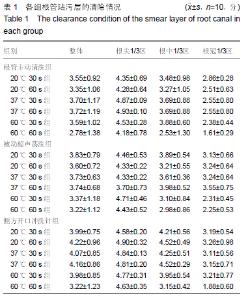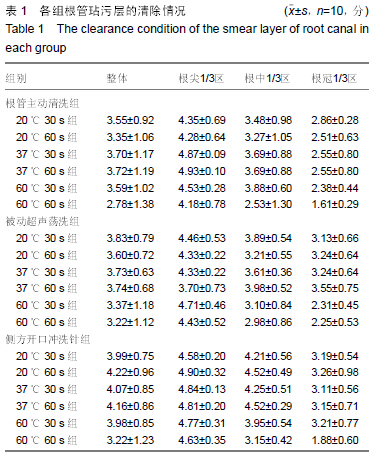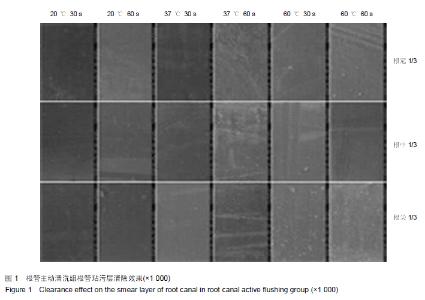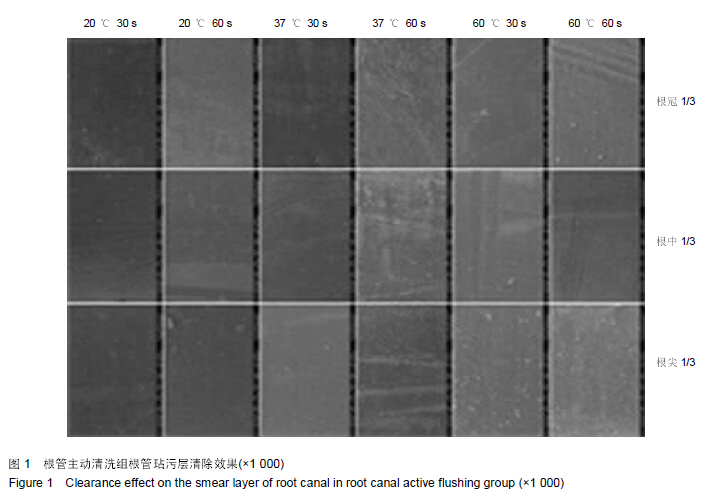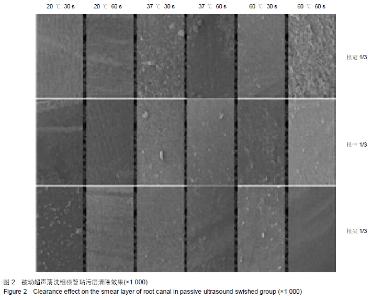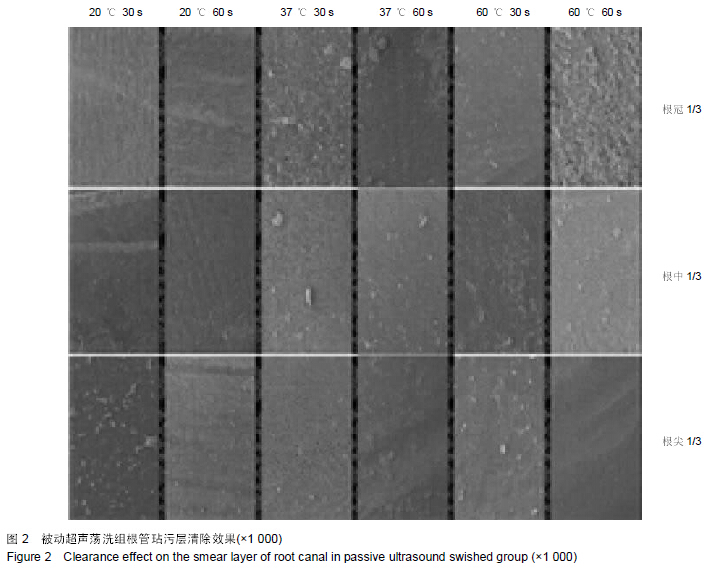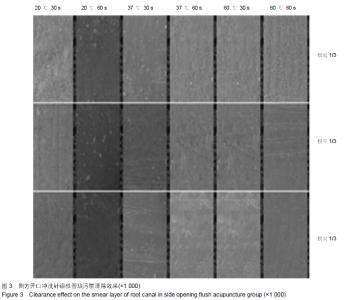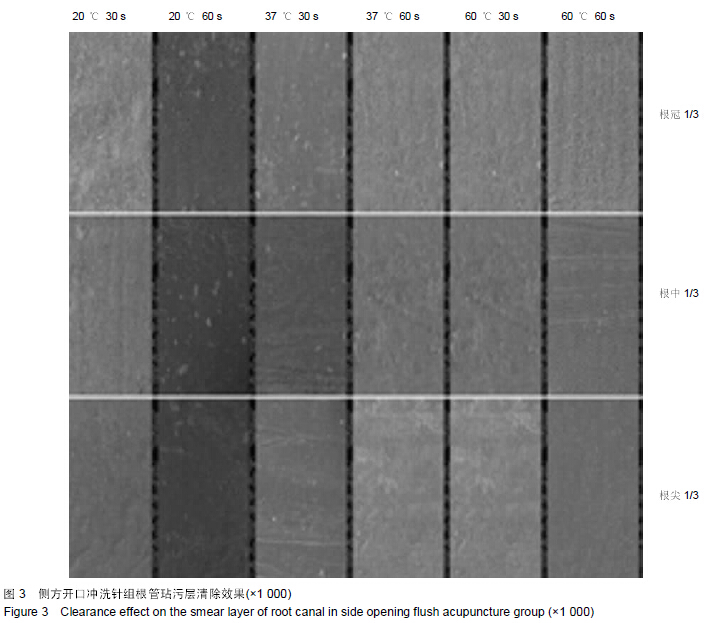| [1] Sen BH,Wesselink PR,Turkun M.The smear layer: a phenomenon in root canal therapy. Int Endod J.1995; 28(3):141-148.
[2] George S,Kishen A,Song KP.The role of environmental changes on monospecies biofilm formation on root canal wall by Enterococcus faecalis.J Endod.2005;31(12):867-872.
[3] Oksan T,Aktener BO,Sen BH,et al.The penetration of root canal sealers into dentinal tubules. A scanning electron microscopic study.Int Endod J.1993;26(5):301-305.
[4] Shahravan A,Haghdoost AA,Adl A,et al.Effect of smear layer on sealing ability of canal obturation: a systematic review and meta-analysis.J Endod.2007;33(2):96-105.
[5] Hulsmann M,Hahn W.Complications during root canal irrigation--literature review and case reports.Int Endod J. 2000;33(3):186-193.
[6] Hand RE,Smith ML,Harrison JW.Analysis of the effect of dilution on the necrotic tissue dissolution property of sodium hypochlorite.J Endod.1978;4(2):60-64.
[7] Spano JC,Barbin EL,Santos TC,et al.Solvent action of sodium hypochlorite on bovine pulp and physico-chemical properties of resulting liquid.Braz Dent J. 2001;12(3):154-157.
[8] Rodig T,Dollmann S,Konietschke F,et al.Effectiveness of different irrigant agitation techniques on debris and smear layer removal in curved root canals: a scanning electron microscopy study.J Endod.2010;36(12):1983-1987.
[9] Estrela C,Estrela CR,Barbin EL,et al. Mechanism of action of sodium hypochlorite. Braz Dent J.2002;13(2):113-117.
[10] Caron G,Nham K,Bronnec F,et al.Effectiveness of different final irrigant activation protocols on smear layer removal in curved canals.J Endod.2010;36(8):1361-1366.
[11] Boutsioukis C,Lambrianidis T,Kastrinakis E.Irrigant flow within a prepared root canal using various flow rates: a Computational Fluid Dynamics study.Int Endod J. 2009; 42(2): 144-155.
[12] Frais S,Ng YL,Gulabivala K.Some factors affecting the concentration of available chlorine in commercial sources of sodium hypochlorite.Int Endod J.2001;34(3):206-215.
[13] 郭香君,苗晖,吴丽更,等.温度和声波振动对玷污层清除效果的比较研究[J].牙体牙髓牙周病学杂志,2014,24(2):101-14.
[14] Wu L,Mu Y,Deng X,et al.Comparison of the effect of four decalcifying agents combined with 60 degrees C 3% sodium hypochlorite on smear layer removal.J Endod. 2012;38(3): 381-384. |
